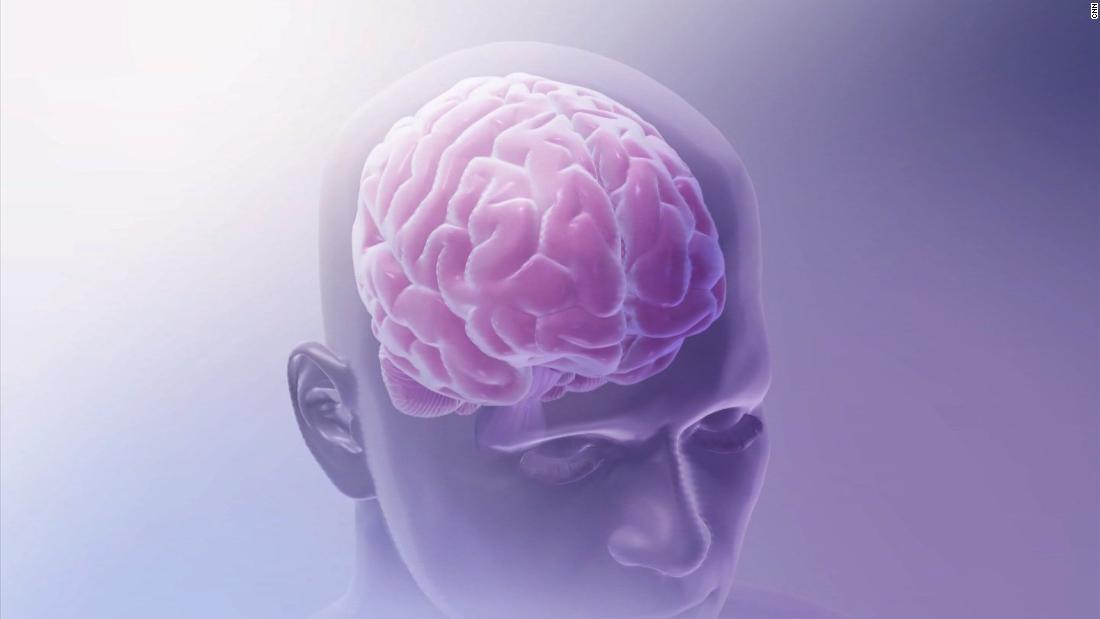What will happen when the covid-19 vaccine is ready?
4:48
(CNN Spanish) -
A group of German researchers studied the autopsies of 33 people who died from covid-19 and found that SARS-CoV-2 reaches the brain through specialized tissues in the nose.
You can listen to this episode on Apple Podcasts, Spotify, or your favorite podcast platform, or read the transcript below.
Hello, I am Dr. Elmer Huerta and this is your daily dose of information on the new coronavirus.
Information that we hope will be useful to take care of your health and that of your family.
Today we will see what route the new coronavirus takes to reach the brain.
One of the most important things we have learned about covid-19, the disease caused by SARS-CoV-2, is that it is not just a respiratory problem - more specifically pneumonia - but a multisystem disease.
That is, it is capable of attacking various organs of the human body.
The coronavirus attacks the central nervous system
One of the systems most compromised by the virus - as we saw in the episodes of April 24 and July 15 - is the central nervous system, which is attacked in up to 30% of cases.
advertising
This attack manifests itself with symptoms that cause headache, loss of taste and smell, memory problems, fatigue, nausea, vomiting, loss of consciousness and brain bleeding problems.
The way the brain defends itself
But knowing that the human brain is practically hermetic to infections caused by viruses and bacteria, it has been difficult to know how the new coronavirus reaches the brain.
Let us remember that the blood-brain barrier - blood, blood and brain, brain - is a defense system that the brain has, which, like a filter, prevents many substances and microorganisms from entering the brain.
Thanks to the blood-brain barrier, many drugs, bacteria, and viruses do not enter the brain.
The covid-19 route to reach the brain
Now, a group of German researchers report for the first time what is the route that the new coronavirus follows to reach the brain.
I am anticipating that it is through the nose.
To demonstrate this, they studied the autopsies of 33 people who died from covid-19.
They were 22 men and 11 women, with an average age of 71.6 years and most of them with predisposing diseases.
Using sophisticated analysis techniques, the researchers focused on two things: looking for ACE2 receptors and viral particles in the different tissues inside the nose.
Coronavirus pandemic threatens global progress against HIV / AIDS
The reason for looking for ACE2 receptors is - as we mentioned in the March 20 episode - that the new coronavirus uses those receptors as a gateway to cells.
So finding an abundance of ACE2 receptors in the tissues of the nose would indicate that this is a good entry point for the virus.
And the reason for looking for viral particles in the nose is to show that viruses have an affinity for the specialized tissues of the nose and use them as their route of entry into the brain.
Let us remember that the branches of brain cells or neurons that perceive odors reach the nose, so we can say that certain tissues of the nose are the projection of the brain to perceive odors.
Covid-19 reaches the brain through the nose
The results proved both.
The first is that the largest number of ACE2 receptors is found right in the sieve or area where the olfactory nerve penetrates the skull bone to distribute itself in the nose.
That is, right at the gateway to the brain.
And second, numerous viral particles were found in the nerve connections of the tissues that perceive the smell, a very particular area because it is a region bathed by the cerebrospinal fluid that is distributed inside and outside the brain.
In short, say the authors, they are the first to show that the new coronavirus uses the nose to enter the brain and that it is possible that it uses cerebrospinal fluid to distribute itself in that organ.
This knowledge has profound practical consequences, as it reaffirms the need to completely cover the nose when wearing a mask or chinstrap.
A person who does not cover his nose is as if, when going on vacation, he left the house open for thieves to enter to rob.
Do you have questions about the coronavirus?
Send me your questions on Twitter, we will try to answer them in our next episodes.
You can find me at @DrHuerta.
If you think this podcast is helpful, help others find it by rating and reviewing it on your favorite podcast app.
We will be back tomorrow so be sure to subscribe to get the latest episode on your account.
And for the most up-to-date information, you can always head over to CNNEspanol.com.
Thanks for your attention.
If you have any questions you can send them to Dr. Elmer Huerta via Twitter. You can also head over to CNNE.com/coronaviruspodcast for all episodes of our "Coronavirus: Reality vs. Reality" podcast. fiction".
covid-19 nose

